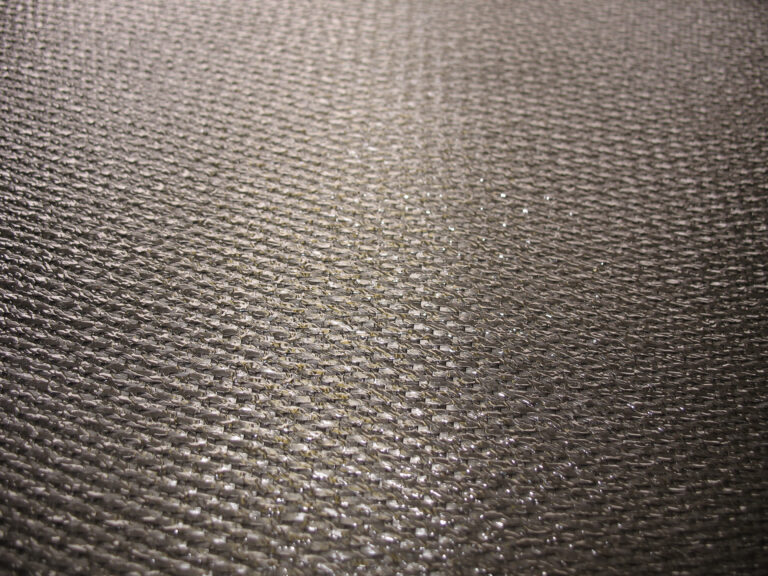How to Protect Your Family from the Dangers of Mold: Simple Steps for Improving Indoor Air Quality
Mold is a common problem in many homes, and it can have serious health effects on your family. In this article, we will discuss how mold affects your health, signs of exposure, long-term dangers, removing mold, preventing growth, and protecting your family.
Introduction to Mold and Its Health Effects
Molds are fungi that grow in moist environments such as bathrooms, kitchens, basements or any area with high humidity levels. They produce spores that spread easily through the air and settle on surfaces where they continue to grow. Exposure to mold can cause various health problems ranging from allergies to respiratory issues. Some people may experience symptoms immediately while others might develop them over time. Common signs of mold exposure include nasal stuffiness, eye irritation, wheezing, coughing, sneezing, headaches, fatigue, skin rashes, and difficulty breathing.

Signs of Mold Exposure and Associated Symptoms
The most common sign of mold exposure is an allergic reaction. People who are sensitive to mold may experience symptoms such as runny nose, congestion, postnasal drip, sore throat, and watery eyes. Other symptoms associated with mold exposure include asthma attacks, shortness of breath, lung inflammation, fever, chills, body aches, and pneumonia. If you notice these symptoms after being exposed to mold, seek medical attention promptly.
The Dangers of Long-Term Exposure to Mold
Long-term exposure to mold can lead to severe health complications including chronic sinusitis, bronchitis, pulmonary fibrosis, and even cancer. Infants, children, elderly, and individuals with weakened immune systems are at higher risk of developing severe health problems due to mold exposure. Prolonged exposure to mold can also trigger other health conditions such as migraines, depression, anxiety, and cognitive impairment. It’s essential to take necessary steps to remove mold from your home and improve indoor air quality to avoid long-term health consequences.
How to Identify and Remove Mold in Your Home
Identifying mold in your home is crucial to ensure timely removal. Look out for visible signs of mold such as discolored patches, musty odors, peeling wallpaper, and water damage. You can use a mold test kit available at hardware stores to confirm the presence of mold. Once identified, it’s best to hire a professional mold remediation company to safely remove the mold. DIY removal methods can be dangerous if not done correctly, and you could end up spreading the mold spores throughout your house.
Preventing Mold Growth in Your Home
To prevent future mold growth, you need to control moisture levels in your home. Fix leaky pipes, roofs, and windows promptly, ventilate areas prone to condensation such as bathrooms and laundry rooms, and reduce indoor humidity levels below 60%. Use exhaust fans when cooking, showering, or washing clothes, and clean surfaces regularly to prevent dust buildup. Consider installing a dehumidifier to maintain optimal moisture levels in your home.
Conclusion: Protecting Your Family from the Dangers of Mold
Protecting your family from the dangers of mold requires vigilance and proactive measures. Be aware of the signs and symptoms of mold exposure, identify and remove mold promptly, and take steps to prevent its growth in your home. By improving indoor air quality, you can create a safe and healthy environment for your loved ones.







